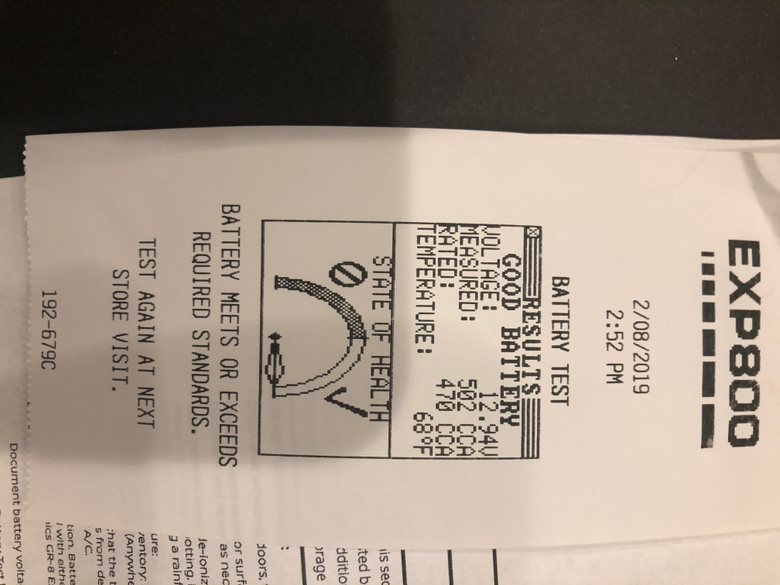DaveinOlyWA
Well-known member
SageBrush said:It is an interesting question whether she knew enough to time her charging so that the car would not sit fully charged for hours every day.DaveinOlyWA said:Evoforce said:Her solutions are comical. Uneven cooling of the pack is not a good thing. She also spent only a relatively small time in Arizona.
whats worse is she was working nights driving Uber so was timing her full L2 charges to finish in the mid afternoon Sun of a Phoenix Summer (no garage, no shade, nada)
I am quite surprised her pack is still alive.
Oh she is VERY aware of all that. But she was still seeing very high temps BEFORE her first QC of the day. That is what started the AC venting and ice thing in the first place.



